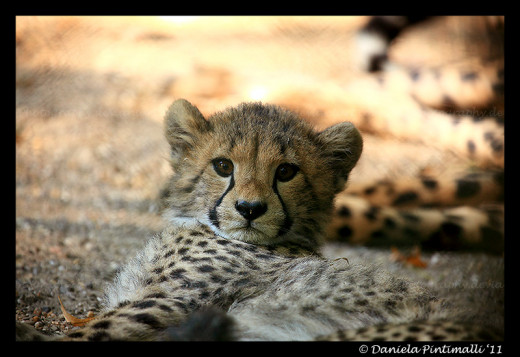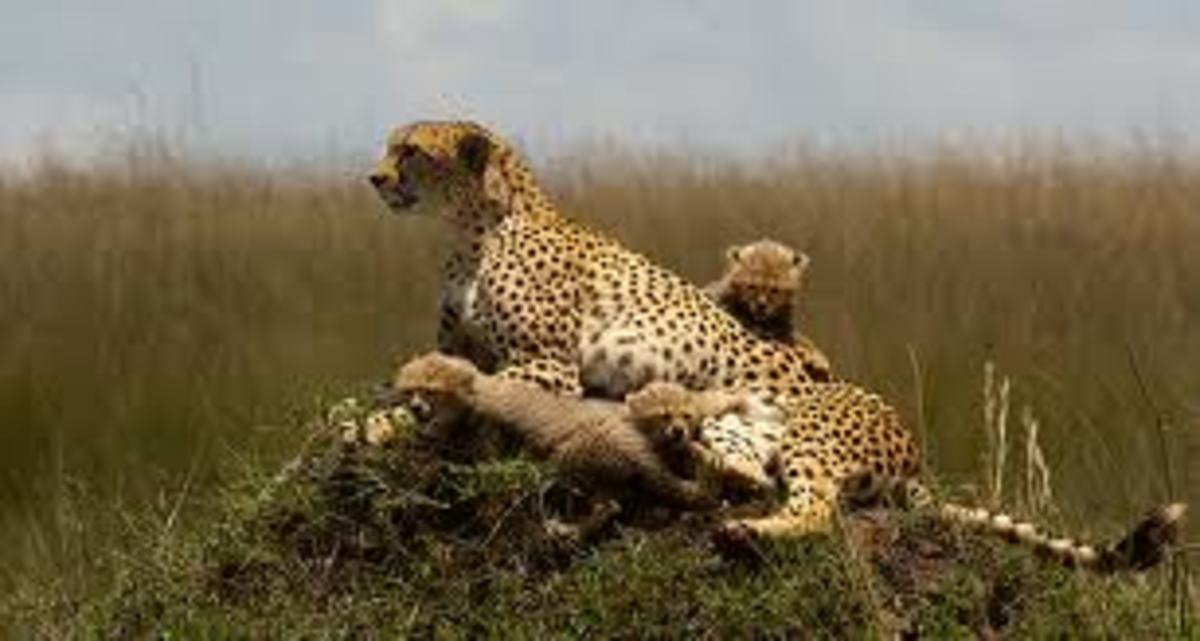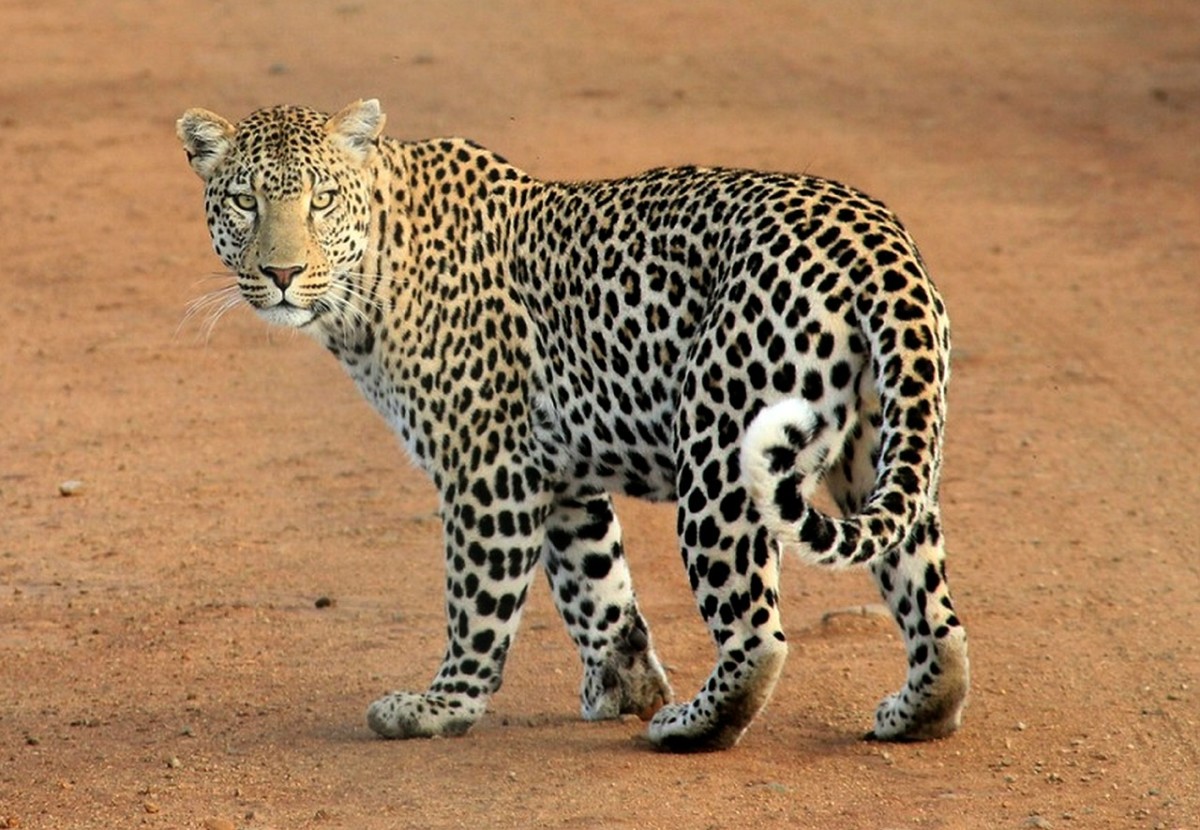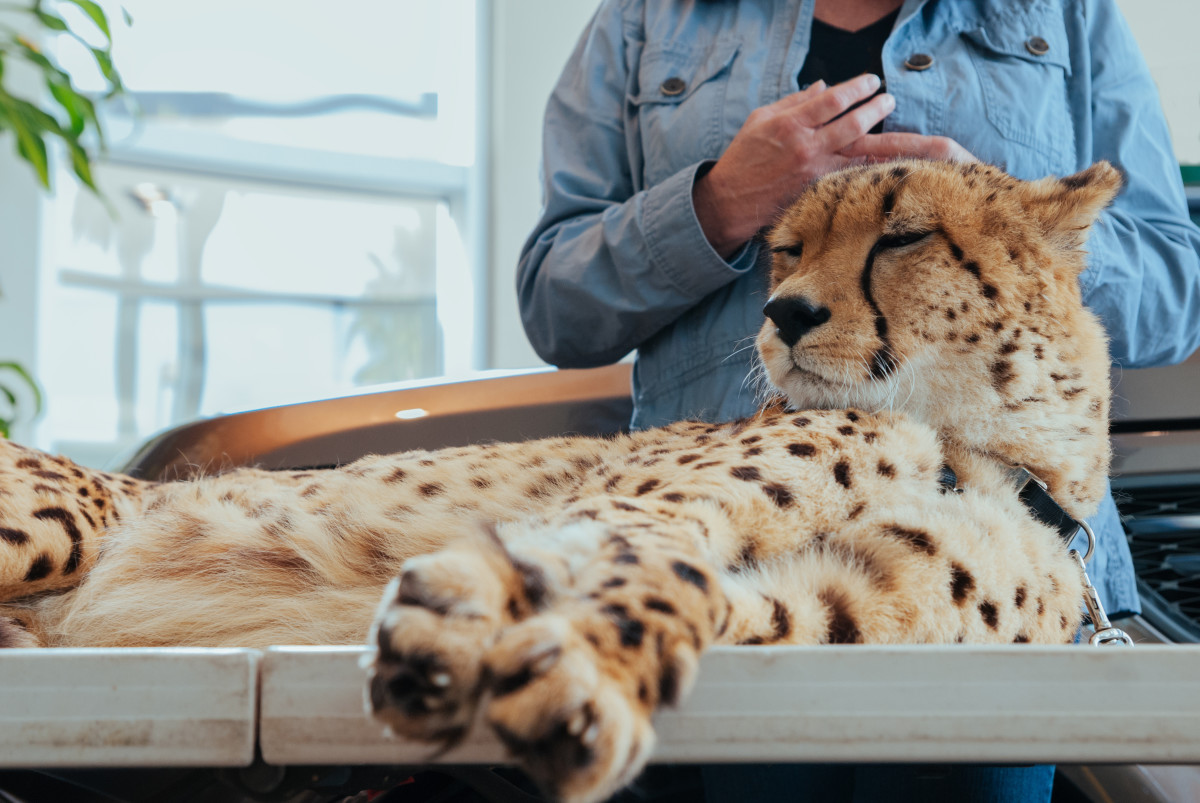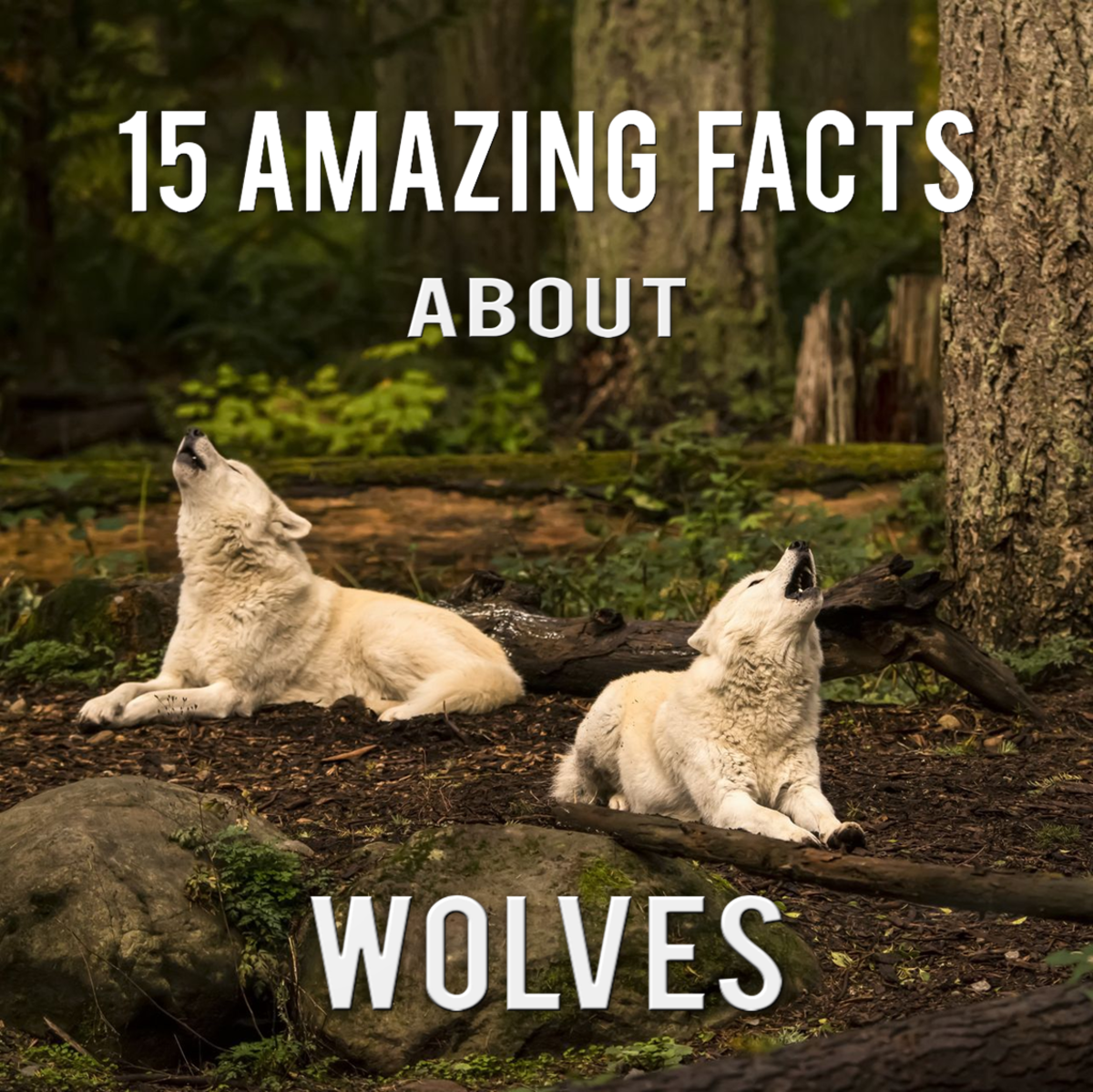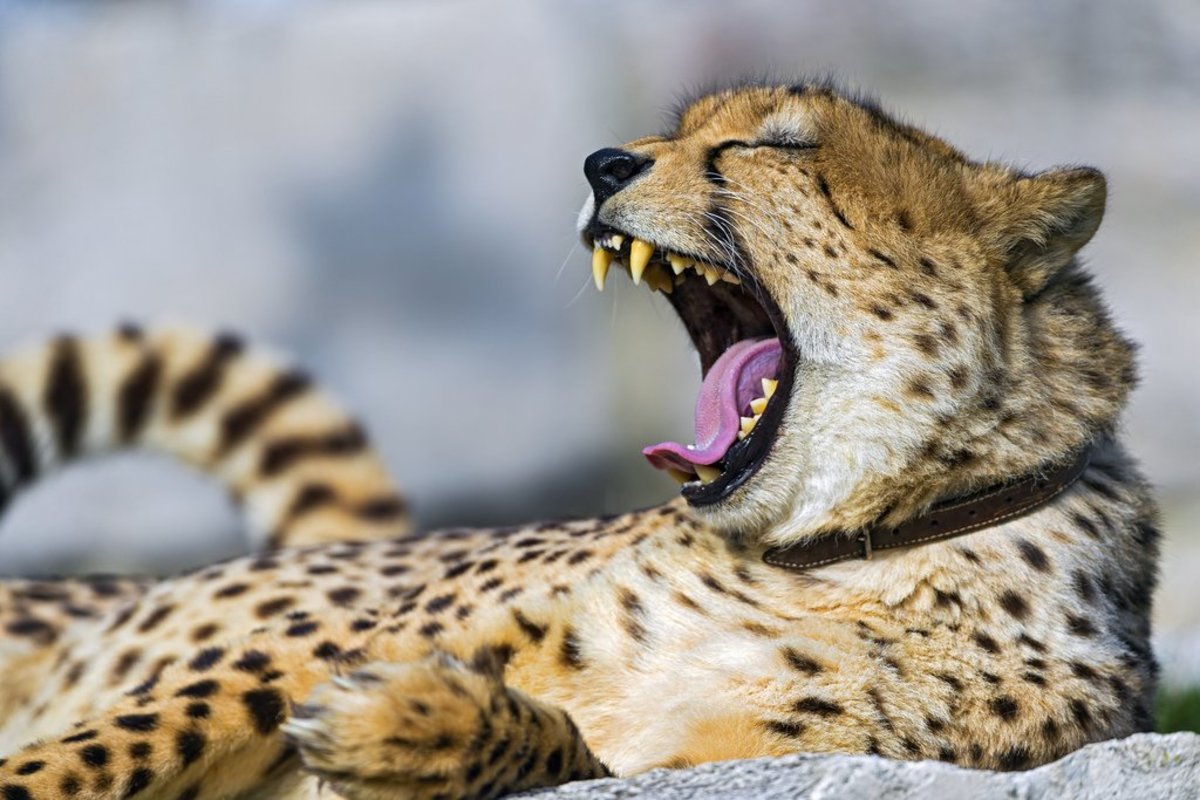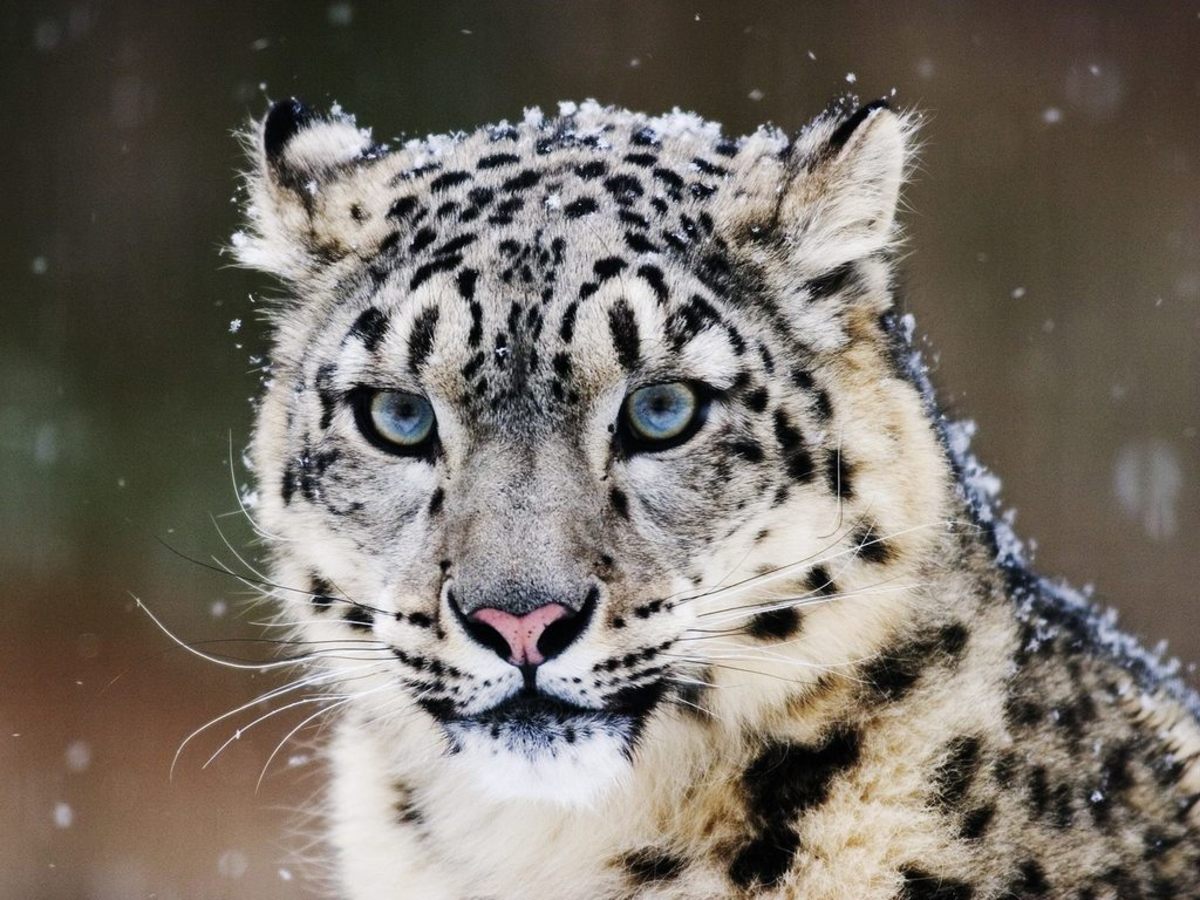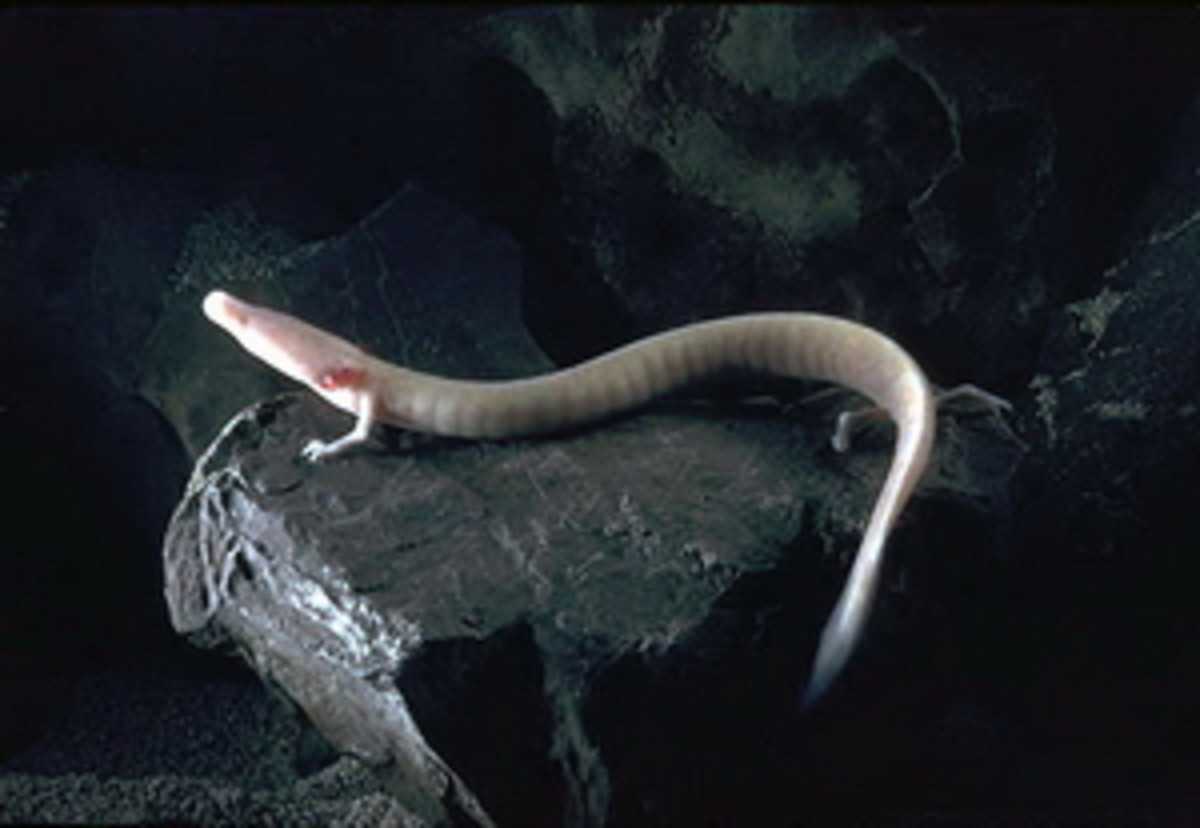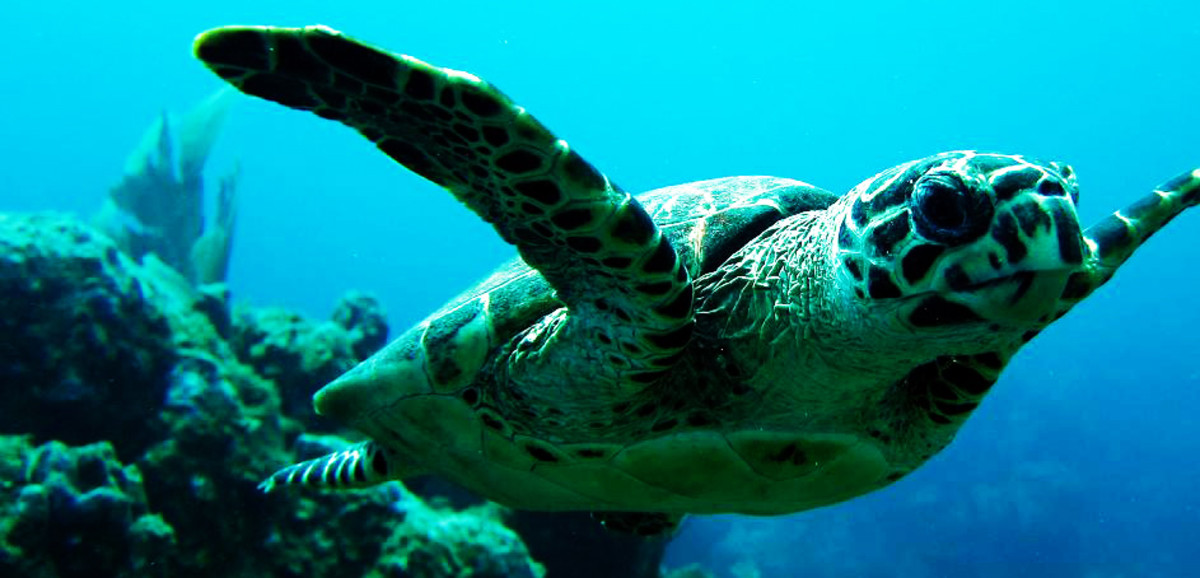Facts about cheetahs
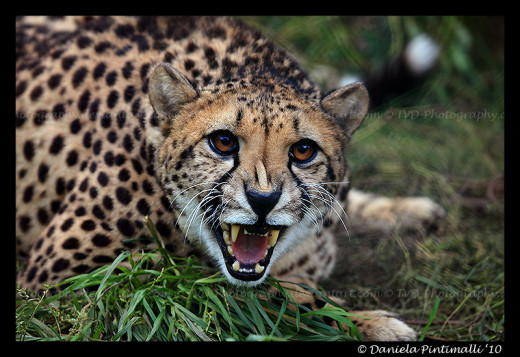
Introduction to cheetahs
Cheetahs are my favourite of all the big cats so wanted to share with you all some information about them.
Cheetahs today are mainly found in Africa spread across 24 - 26 of the countries and less than 100 are found in Iran. Namibia has the highest population of cheetahs left, there are about 3000.
The cheetah has a very lean and slender body with long legs, their coat is a tan colour with black spots and is short and coarse to the touch. Some people mistake cheetahs for leopards, the easiest way to tell them apart is by the cheetahs "tear marks" on it's face starting from the inside corner of their eye down to their mouth. Other than it looking pretty it actually serves a purpose, the tear marks keeps the sun out of a cheetahs eyes which assists with hunting.
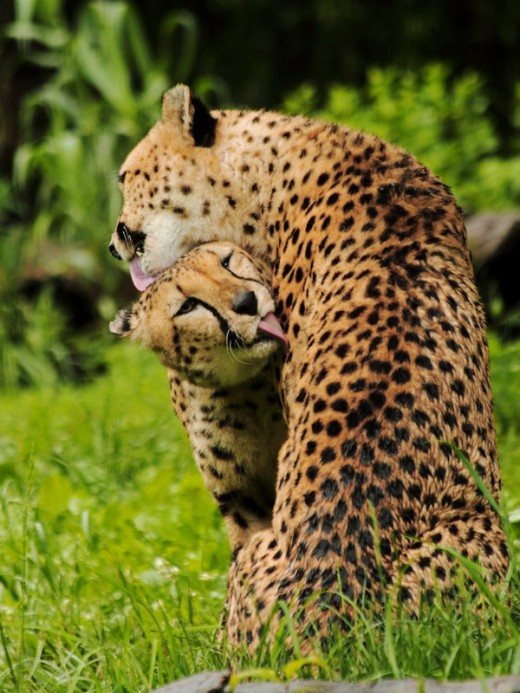
Cheetah facts
- Most obvious fact is that the cheetah is the worlds fastest land animal and can reach speeds of 70mph.
- Cheetahs are the only big cat that does not have retractable claws. If you look at them they are like dog paws which is quite a unique feature for a big cat.
- Cheetahs don't roar like lions, they actually purr instead like your common house cats except much louder.
- The sound a cheetah makes sounds more like a birds chirp. The babies also make these sounds.
- The Swahili word for cheetah is duma.
- The word cheetah derived from an Indian word meaning "spotted one".
- People used to train cheetahs for hunting and kept them as pets.
Listen to these cute baby cheetahs chirp!
If you would love to help please visit the site below. The Cheetah Conservation Fund works tirelessly to ensure these beautiful animals do not go extinct in the wild.
Best site to learn about cheetahs :)
- Cheetah Conservation Fund
The purpose of the Cheetah Conservation Fund (CCF) is to research and implement strategies for cheetah conservation in its natural habitat. From its Namibian base, the CCF works with countries that have wild cheetah populations.
Endangered!
The cheetah was found on five continents but now is now an endangered species due to loss of habitat, humans taking up the land, as well as its own loss of genetic variation, are the main threats facing the cheetah today.
The cheetah needs large expanses of land to survive, but with changes in land this area is becoming smaller and smaller. Unfortunately, captive breeding efforts have not proven meaningful to the cheetah's hopes of survival.
We can only hope that the Cheetah Conservation Fund is successful in keeping this species alive.
